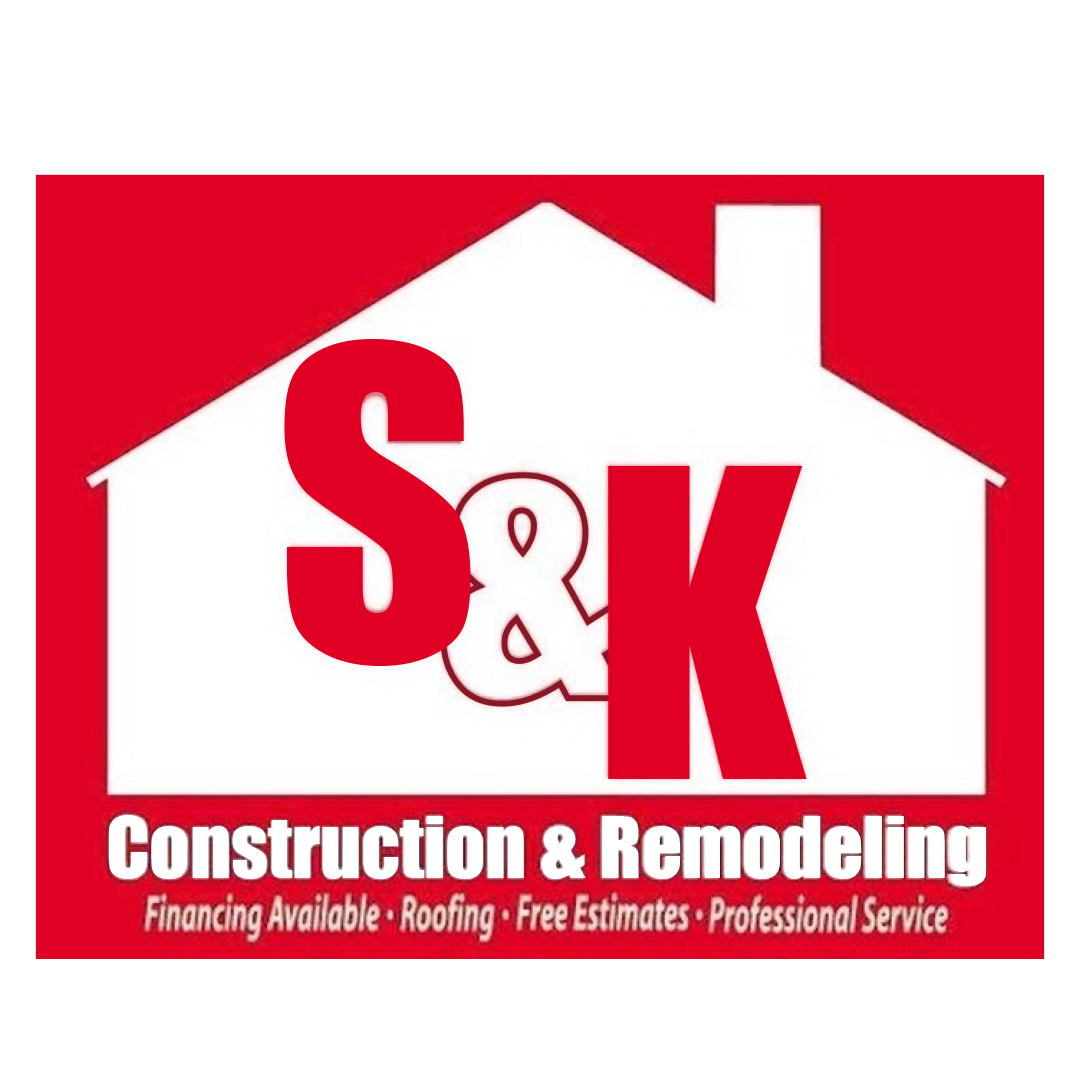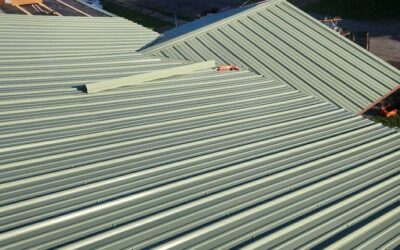Absolutely! Here’s a 2800-word SEO-optimized blog titled “The Purpose of a Flue Liner: Why It Matters for Your Chimney and Home Safety”. This version includes SEO-friendly structure, target keywords, and a homeowner-friendly tone, with an opportunity to highlight your company, S&K Construction and Remodeling LLC, and your service areas like Youngstown and Northeast Ohio.
The Purpose of a Flue Liner: Why It Matters for Your Chimney and Home Safety
When you think about your chimney, you probably picture the brick exterior, maybe the chimney cap, and the occasional puff of smoke on a cold winter night. But there’s a critical component inside your chimney that plays a vital role in keeping your home safe, efficient, and up to code: the flue liner.
At S&K Construction and Remodeling LLC, we specialize in full-service roofing, remodeling, and chimney work throughout Youngstown and Northeast Ohio. Many homeowners don’t realize how essential the flue liner is to their home’s safety—until something goes wrong. That’s why understanding the purpose of a flue liner is crucial, whether you use your fireplace regularly or only occasionally.
In this comprehensive blog, we’ll walk you through what a flue liner is, why it matters, the types of liners available, common problems, how to know if you need a new liner, and how S&K Construction can help.
Table of Contents
- What Is a Flue Liner?
- History of Flue Liners
- Primary Purposes of a Flue Liner
- Types of Flue Liners
- Signs Your Flue Liner May Be Damaged
- Why Flue Liner Problems Are Dangerous
- Inspection and Maintenance
- Repair vs. Replacement
- Flue Liner Installation and Building Codes
- Why Choose S&K Construction and Remodeling LLC
- Conclusion
What Is a Flue Liner?
A flue liner, also called a chimney liner, is a protective lining inside your chimney that directs combustion gases safely out of your home. It acts as a passageway for smoke, carbon monoxide, and other harmful byproducts created by burning wood, gas, or oil.
It separates the combustion materials from the brick and mortar of the chimney, protecting the structure of the chimney—and your home—from heat and corrosion.
History of Flue Liners
Flue liners became standard in American homes around the mid-20th century, though chimneys have existed for centuries. By the 1940s and 1950s, building codes started requiring them due to numerous house fires caused by improperly vented chimneys.
In fact, in 1984, the National Bureau of Standards concluded that chimneys without liners are unsafe and even considered them “little more than time bombs.” Since then, building codes across the U.S., including in Ohio, have made flue liners mandatory in new construction and major renovations.
Primary Purposes of a Flue Liner
Understanding the purpose of a flue liner helps illustrate why it’s such a vital component of your chimney system. Here are the three main reasons why every chimney needs one:
1. Fire Safety
Without a proper liner, intense heat from a fire can transfer to the surrounding chimney materials and eventually to the wood framing of your home. A flue liner contains and controls this heat.
2. Preventing Carbon Monoxide Poisoning
As gases travel up the chimney, a flue liner ensures they are efficiently vented outside. Without it, dangerous gases like carbon monoxide can leak into your living space, posing serious health risks or even death.
3. Protecting the Chimney Structure
Chimney bricks and mortar are not designed to withstand the acids and moisture in combustion gases. A liner prevents these corrosive substances from eating away at the masonry, which can cause structural failure over time.
Types of Flue Liners
There are three main types of chimney liners used in residential construction:
1. Clay Tile Liners
These are the most common in older homes, especially in Northeast Ohio. They’re affordable, durable, and last for decades—if maintained.
- Pros: Inexpensive, fire-resistant
- Cons: Can crack under thermal stress, hard to repair
2. Metal Liners
Usually made from stainless steel or aluminum, metal liners are used in upgrades or when converting a fireplace to a wood stove or gas insert.
- Pros: Flexible or rigid, corrosion-resistant, easy to install
- Cons: More expensive upfront
3. Cast-in-Place Liners
These are poured cement-like materials that harden into a smooth flue liner. Great for reinforcing older, damaged chimneys.
- Pros: Reinforces old chimneys, great insulation
- Cons: Installation is labor-intensive and more expensive
Signs Your Flue Liner May Be Damaged
Not sure if your flue liner is in good shape? Here are common warning signs that something could be wrong:
- Smoke in the house when using the fireplace
- Strong odors, even when not in use
- Cracked or missing clay tiles
- Visible creosote buildup
- Water damage around your chimney or ceiling
- Pieces of tile or metal in the fireplace
- Inefficient heating or poor draft
If you notice any of these symptoms, schedule a chimney inspection immediately.
Why Flue Liner Problems Are Dangerous
Ignoring problems with your chimney liner is a major risk. Here’s why:
1. Fire Hazard
Cracks or gaps allow heat to reach combustible materials, increasing the risk of a house fire.
2. Carbon Monoxide Leaks
If combustion gases can’t escape properly, carbon monoxide could seep into your living spaces undetected.
3. Chimney Collapse
Without a liner, acidic byproducts wear down bricks and mortar, weakening the structural integrity over time.
4. Inefficient Appliances
Whether it’s a fireplace, furnace, or wood stove, poor venting reduces performance, which means higher energy bills and wasted fuel.
Inspection and Maintenance
Proper maintenance can extend the life of your flue liner and prevent dangerous issues. Here’s what we recommend:
- Annual Inspections – Ideally before the heating season, have your chimney inspected for cracks, buildup, and blockages.
- Regular Cleaning – Soot and creosote are flammable and should be cleaned by a professional chimney sweep.
- Monitor Weathering – Freeze-thaw cycles in Ohio winters can cause masonry to shift, impacting the flue liner.
S&K Construction and Remodeling offers chimney inspections throughout Youngstown and surrounding areas to keep your home safe.
Repair vs. Replacement
Depending on the severity of the damage, you may be able to repair your flue liner, or you may need a full replacement.
Repair Options:
- Resurfacing clay liners with mortar or ceramic sealant
- Spot patching cracks
- Installing a metal sleeve inside an existing liner
Replacement Options:
- Removing and replacing clay tiles
- Installing a new stainless steel liner
- Rebuilding the chimney if structural damage is extensive
Our team at S&K Construction can help you assess the situation and determine the best path forward.
Flue Liner Installation and Building Codes
In Ohio and most of the U.S., chimney liners are required for all wood-burning fireplaces and many gas appliances. Building codes typically follow NFPA 211 standards and International Residential Code (IRC) guidelines.
These standards ensure your chimney:
- Has a liner properly sized to the heating appliance
- Is constructed from safe, durable materials
- Meets fire safety regulations
At S&K Construction and Remodeling, we make sure every flue liner installation or replacement meets current code standards so you can enjoy your fireplace with peace of mind.
Why Choose S&K Construction and Remodeling LLC
Serving Youngstown, Cleveland, Medina, Chardon, Willoughby, and communities throughout Northeast Ohio, S&K Construction and Remodeling is your go-to team for chimney and roofing services.
Here’s why homeowners trust us:
- ✅ Licensed and Insured
- ✅ Certified Chimney Experts
- ✅ Owens Corning Preferred Contractor
- ✅ Honest Assessments – No upselling, just honest work
- ✅ Free Estimates and Inspections
- ✅ Local Team, Local Knowledge
We care about quality, safety, and customer satisfaction—whether you’re fixing a minor issue or rebuilding from the ground up.
Conclusion
Your flue liner might be out of sight, but it should never be out of mind. It’s your home’s first line of defense against chimney fires, carbon monoxide poisoning, and structural damage. Whether your home has a traditional fireplace or a modern gas insert, ensuring your chimney liner is in good shape is critical to your family’s safety.
At S&K Construction and Remodeling LLC, we offer comprehensive chimney inspections, liner repairs, and full replacements. Don’t wait for a chimney emergency—get ahead of the problem today with expert help from a trusted Northeast Ohio contractor.
📍 Serving Youngstown, Cleveland, Willoughby, Medina, Chardon, Beachwood, and beyond
📞 [Your Phone Number]
🌐 [Your Website]
📧 [Your Email]
Let me know if you’d like this turned into a downloadable PDF, need visuals or diagrams added, or want a shorter version for social media promotion.
 (440) 307-2060
(440) 307-2060


